Philadelphia is one of my favorite cities. Everywhere you turn there is evidence of its rich history going back to 1682. Philly is also one city I can drive in without having a coronary. But if I did, I’d have my pick of some of the best medical facilities in the nation.
I wanted to learn more about the history of medicine in Philadelphia, so I took the Context Travel tour, A Hammer to the Head: The History of Medicine in Philadelphia. I came to find this tour not only informative, but full of surprises.
Context Travel – Private Guides and (Very) Small Group Tours for the Intellectually Curious Traveler
In 2015 I had the pleasure of joining a Context tour in Barcelona, so I was excited by the opportunity to take another tour in Philadelphia. Context Travel tours are just the kind of deep experience I love when I travel. Their tours appeal to guests who want a connection with the culture in the city they are visiting and the opportunity to learn more. They keep the tours small, with no more than 6 participants. Everyone gets the opportunity to interact with each other and the docent who is leading the tour.
The docents are all locals, who are Master’s- and Ph.D.-level experts in their field. Our docent, Joella Claman, was no exception. Her tour was not only a learning experience; it was entertaining because of the interesting anecdotes that Joella shared.
Our three-hour tour had three stops:
- Dr. Philip Syng Physick House
- Pennsylvania Hospital (now the University of Pennsylvania Hospital)
- The Mütter Museum

Hill-Physick House
Mother Bethel A.M.E. Church
Pennsylvania Hospital
Mütter Museum
Hill-Physick House
Dr. Philip Syng Physick, the father of American surgery, treated high-profile patients such as Dolly Madison and President Andrew Jackson in his Society Hill mansion.
Our tour of Physick’s home included his well-preserved office, complete with many of the medical and surgical tools he invented:
- Bloodletting instruments
- Stomach pumps
- Clamps and tubes to remove kidney stones
They may seem primitive now, but back then they were cutting edge!
While the Physick house is fascinating, his personal life was a real soap opera back in the day. Physick’s wife left him before she ever lived in his home, which was a huge scandal. The story is that an argument ensued over trees planted in the garden, but rumor has it there was more to the story. Who knows?
Dr. Physick Soda
Dr. Physick also invented soda, which was meant to treat patients with gastrointestinal issues. The black cherry soda (which we got to try) was made from cherries from trees in his garden. You can buy this soda today from the Philadephia Brewing company or other venues throughout Philadelphia.
You should try it, it’s yummy!



Mother Bethel A.M.E. Church
Joella took us on a side trip to see this the Mother Bethel A.M.E Church. Mother Bethel was one of the first African-American churches in the United States. Mother Bethel African Methodist Episcopal (AME) Church was founded in 1794 by Richard Allen, a former slave. Allen founded Mother Bethel AME after the church he had been attending began segregating its parishioners by race.
With financial assistance from individuals such as Dr. Benjamin Rush and President George Washington, Allen purchased a piece of land at 6th and Lombard streets the site where the church stands today.
During the Yellow Fever epidemic of 1793, it was believed that African-Americans were immune to the disease. They tended to the sick and dying in all capacities, including as nurses, cart drivers, and grave diggers. Unfortunately, immunity was not the case, and 240 of them died of the fever. Mother Bethel still has a vibrant congregation today.
Because of time, we didn’t get a peek inside the church on the tour. Next time for sure!


America’s First Hospital
Pennsylvania Hospital was the stop next on our tour. Pennsylvania Hospital was the first hospital in the colonies and is the oldest hospital in the United States. Founded on May 11, 1751, by Benjamin Franklin and Dr. Thomas Bond. The hospital also home to America’s first surgical amphitheater and its first medical library.
 Back when the hospital was founded, wealthier citizens were treated at home. Poorer patients needed a place to be treated. There was also a need for a humane facility for the mentally ill. Mental illness in this time-period was misunderstood, and patients were poorly treated.
Back when the hospital was founded, wealthier citizens were treated at home. Poorer patients needed a place to be treated. There was also a need for a humane facility for the mentally ill. Mental illness in this time-period was misunderstood, and patients were poorly treated.
When Dr. Bond was looking for sponsors, potential donors kept asking “What does Ben Franklin think about this?” Dr. Bond enlisted the help of Ben Franklin, who went to the government and proposed that they match the two-thousand dollars that they hoped to raise from donors. Since two grand was a hefty sum back then, the government agreed to the idea. In addition to his other inventions, Ben Franklin was also responsible for the concept of matching funds. Who knew?
We toured the America’s first medical library and then went to the see the surgical amphitheater. We learned about some of the ways patients were anesthetized. Everything from getting them drunk to (yep) the hammer to the head was used to knock them out (hence the origin of the phrase). Not only was the surgical theater open to physicians, but the public also paid admission to watch surgeries. Talk about a reality show.
We went out onto the hospital grounds and Joella pointed out the brick walls around the facility. She also showed us what looked like a path around the building, where the mentally ill patients exercised daily, and the wall was built to keep people from gawking at them. Eventually, the public was allowed inside the walls and charged admission.



The Mütter Museum
Our last stop on our tour was to the Mütter Museum. The Mütter Museum originated as a collection of specimens and medical tools used for education in medicine. The original collection was donated by Dr. Thomas Dent Mütter in 1858 and now has over 20,000 specimens, of which only 13% are on display.
If you are into science and medical oddities, this place should be on your bucket list. The two floors have everything from a skull collection to a malignant tumor removed from President Grover Cleveland.
My favorite was the giant colon, which was taken from a man who used his condition to earn a living as a side-show performer in Philly. If stretched out, it measures more than eight feet in length and has a circumference of 27 inches. Let’s just say this guy was severely constipated.
The museum has a strict no photos or video policy, so I have added photos from the Mütter Museum website.

The Main Gallery of Philadelphia’s Mütter Museum
George Widman, 2009, for the Mütter Museum of The College of Physicians of Philadelphia
Well, that was the tour, I had a great time and learned a lot about the medical history of Philadelphia. I loved hearing stories that I don’t think you would hear on a regular tour. Being on a tour in a small group also allowed us to ask questions and interact with the other participants. If this type of deep travel experience is your cup of tea, then I would enthusiastically recommend the tours Context Travel offers in Philadelphia.
Here are just a some of the great tours for you to check out:
- Colonial City in Context
- American Art in Philadelphia
- Franklin Seminar
- Temple on the Hill
- African American History in Philadelphia
- Philadelphia Public Art: from William Penn to Rocky Balboa
Context Travel sponsored my tour however all my opinions and photos are my own unless otherwise noted. Oh yeah, I am a Context Travel affiliate so if you follow the links to the tours in this post I will get credit!
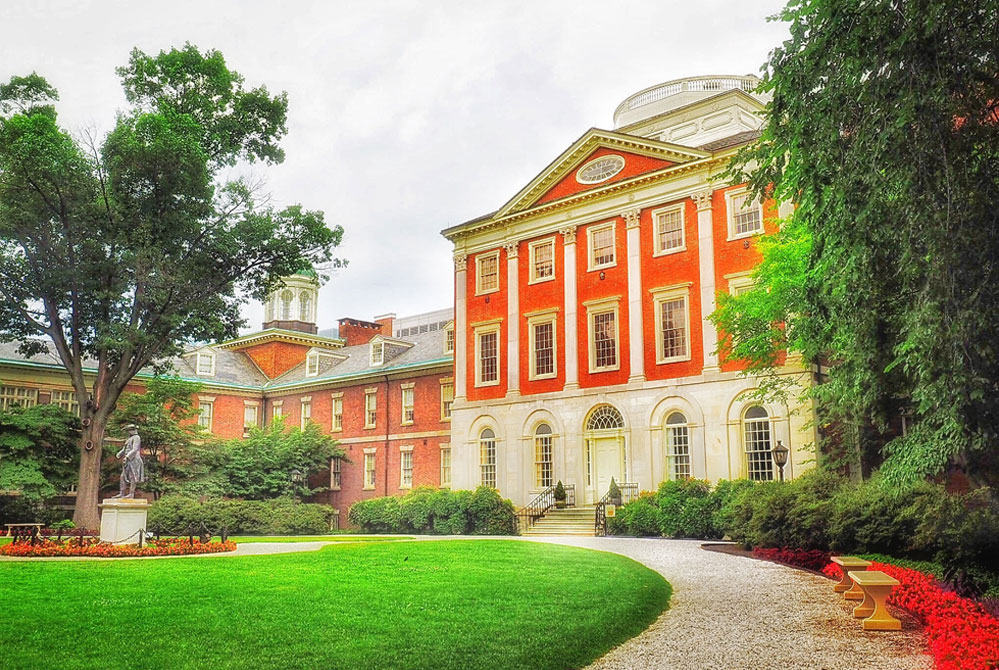
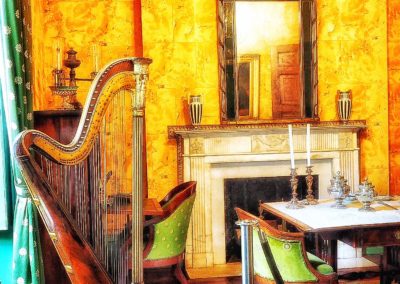
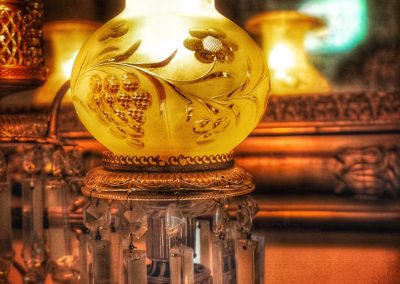
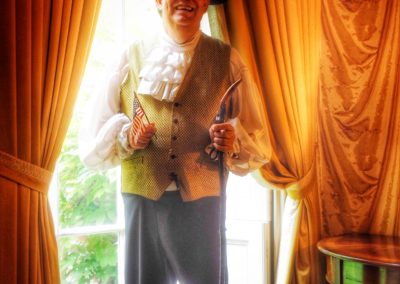
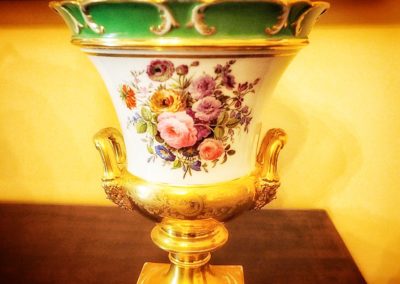
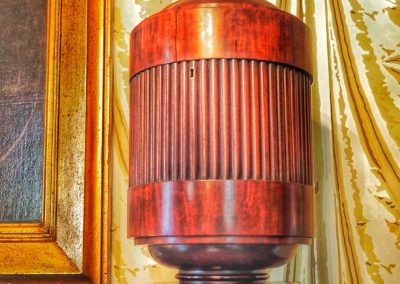
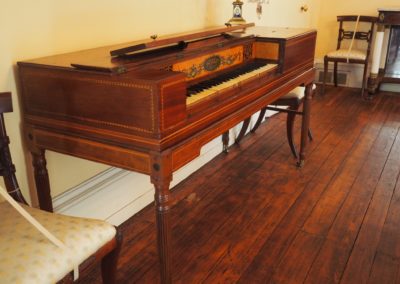

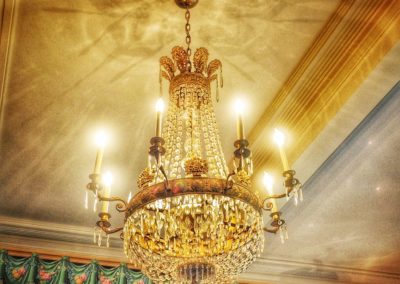
Been many years (2001) since I’ve been to Philadelphia. I had wanted to see a couple of these places but never had the time. I’d love to take a tour with a knowledgeable guide but price would also be a big factor.
what a fascinating tour! great detailed review. i love quirky history!
What an interesting tour this was. I had no idea about so much of this and your photography is beautiful! Thanks for sharing Philly with me!
I really enjoyed going on the tour with you. Everything about it was interesting and our tour guide was amazing for sure. I felt like I was on a private tour. P.S. Your photographs came lovely.